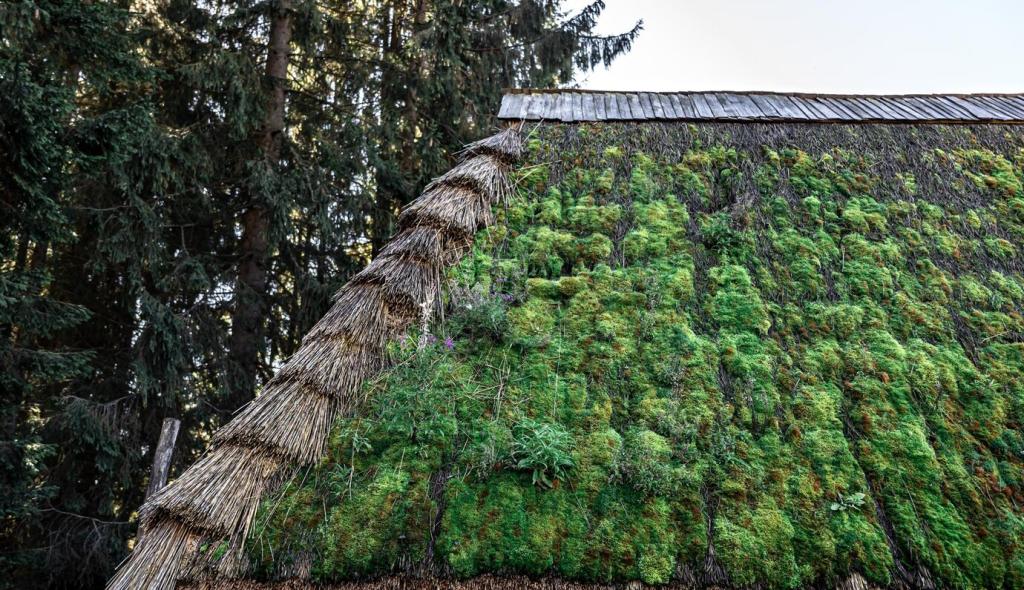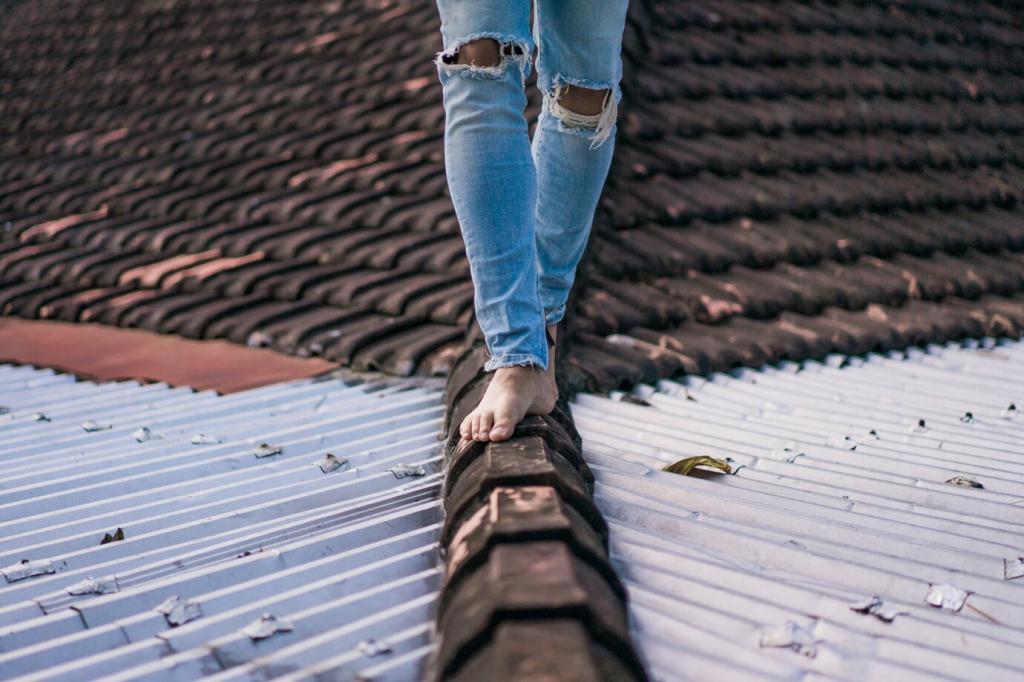
Green Roofing: Pioneering Materials for a Sustainable Future
Green roofing stands at the forefront of modern sustainable construction, offering an innovative approach to harmonize architecture with the natural environment. As urbanization expands, the need for eco-friendly building solutions becomes increasingly urgent, positioning green roofs as not only a response to climate change but also a driver of ecological balance and urban well-being. Harnessing pioneering materials and advanced techniques, green roofing systems help counteract heat islands, manage stormwater, and foster biodiversity atop city structures. This exploration delves into the latest materials pioneering the green roofing revolution, their impact on sustainability, the benefits to urban ecosystems, and the horizon of future innovations shaping our cities.
Innovative Green Roofing Materials
High-Performance Waterproofing Membranes
Engineered Growing Mediums
Sustainable Vegetation and Plant Selection
Environmental Impact and Sustainability


